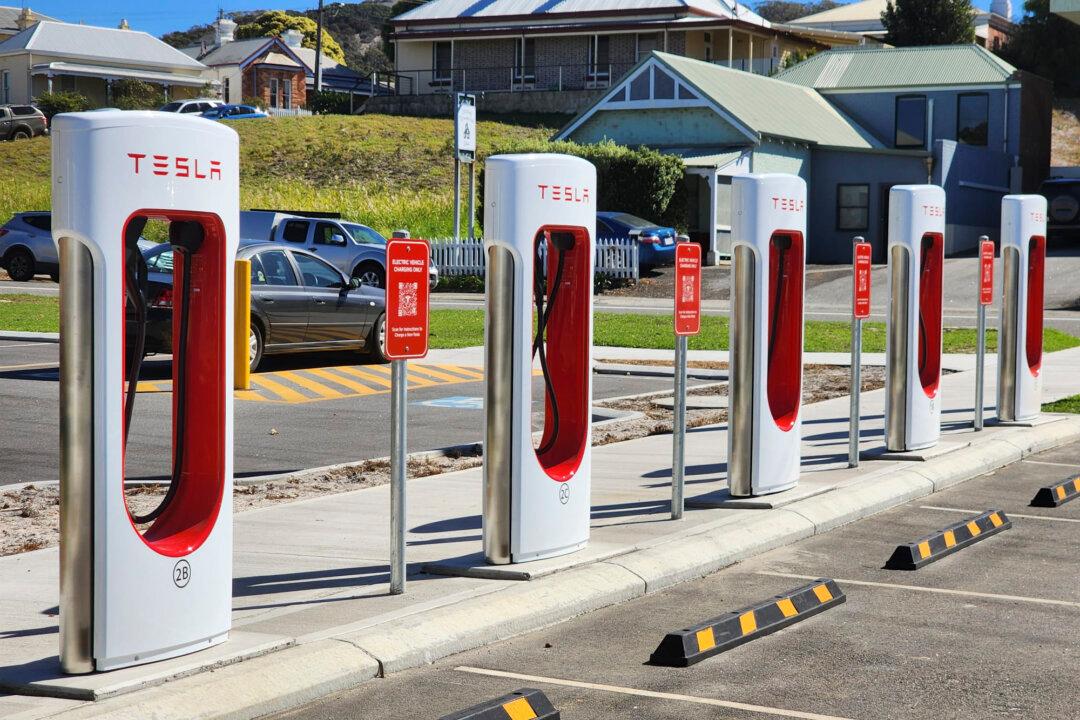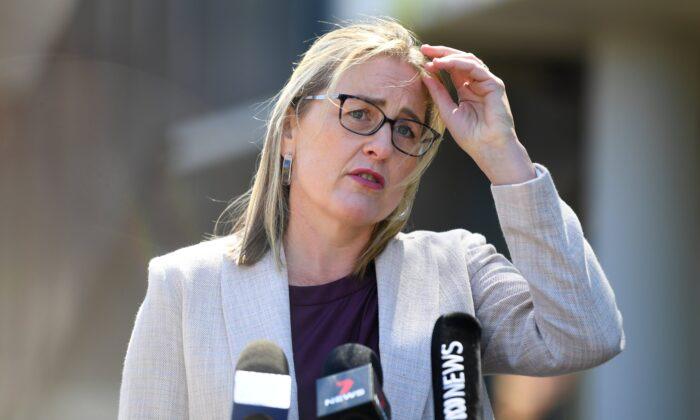With electric vehicle (EV) sales and demand for public charging infrastructure steady, the Albanese Labor government has accelerated the rollout of public chargers.
EVX Australia has secured $2.4 million from the government’s renewable funding arm, ARENA, to install 250 kerbside chargers with 500 charge plugs across New South Wales, Victoria, and South Australia over the next two and a half years.
Placed under existing power poles, these Australian-made chargers will offer EV access in metro and regional areas like Orange, Wagga Wagga, Bellingen, Forbes, Queanbeyan, Wingecarribee, Goulburn, and Eurobodalla.
Minister for Climate Change Chris Bowen called it a “key step” in making EVs more accessible for those without home chargers.
The initiative is part of the government’s Driving the Nation program. Bowen noted that over 1,100 fast-charging stations with 3,500 plugs were now available—triple the number since Labor took office.
“When we came to government, one in 50 cars was an EV. That’s now one in 10. And we’ve tripled the number of fast-chargers around Australia.

EV Sales Climb but Growth Slows
Australia’s EV and hybrid market has steadily grown over the years reaching 100,000 new car sales in 2024—the country sells about 1.2 million new cars per year—according to the Electric Vehicle Council’s report released in Dec. 2024.By September, 85,000 battery-powered cars had been sold, making up 9.5 percent of all new purchases. Sales rose 13 percent from the previous year, but growth has slowed compared to 2023’s record surge.
“There are more EVs on the road than ever, and numbers will keep growing,” said EVC chief scientist Jake Whitehead. “However, the pace depends on government and industry support.”
For Australia to meet net-zero targets, EVs must reach 50 percent of vehicle sales by 2030. The goal is to have 1 million EVs on the road by 2027.
Globally, EV adoption has grown, with 14 million new registrations in 2023, pushing the total to 40 million—a 35 percent annual increase.
Grid Pressures Loom as EV Uptake Rises
While EV adoption grows, a Melbourne University study warns of power grid strain. The Australian EV Integration project found that increasing EV usage could overload urban and rural networks, especially during peak charging periods.The study estimated urban grids could handle up to 40 percent EV penetration before facing challenges, while rural grids had a lower threshold of 20 percent. Researchers stressed the need for smart charging and grid upgrades to prevent issues.







